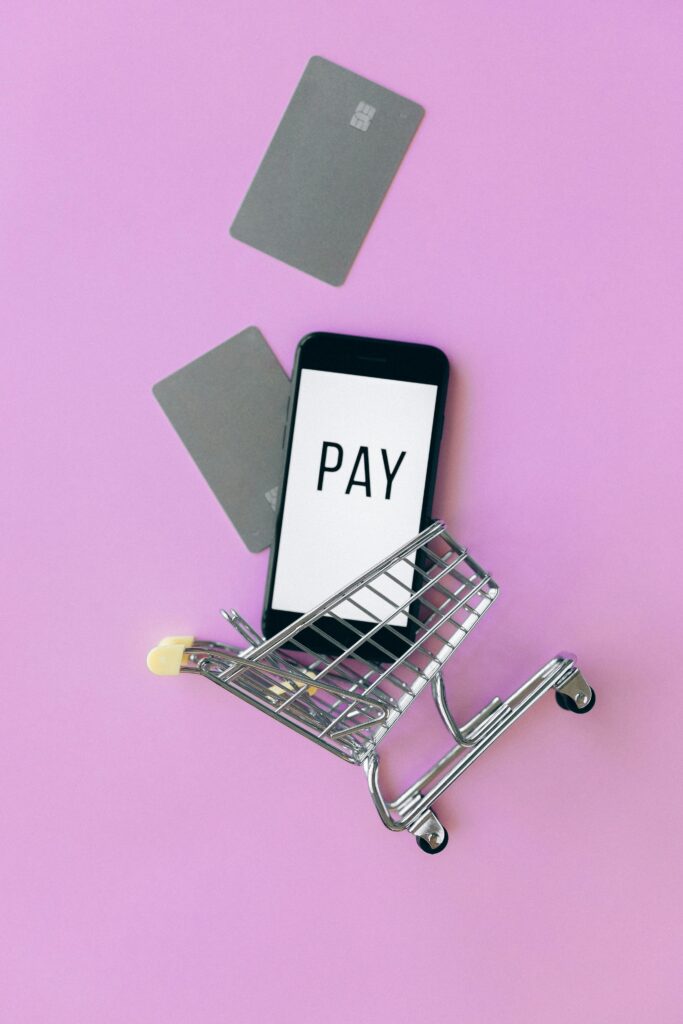
Small businesses will pick up now and taking out all the evidence of the fact that it has become a tradition that can be termed for big corporations. Whether you are a solopreneur, run a boutique, or manage a growing SME, digital transformation is no longer an option but rather a necessity to remain relevant and thrive in today’s world.
The good news is that this doesn’t have to be a highly complicated, highly costly activity with plenty of drama. This guide shows you how to digitize your business by providing simple smart steps – tools, tips, and a little strategy.
Let’s make it simple.
1. What does it even mean to “Digitize Your Business”?
Digitizing your small business means using digital tools and technology to improve how you work, sell, and serve customers. This could be as simple as replacing a paper ledger with accounting software or as advanced as automating your marketing or creating a customer portal.
In the context of digitization, it refers to the increasing efficiency, accessibility, and competitiveness of a place in the year 2025, while keeping its personal touch in business activities.
2. Step 1: Starting With Digital Attitude
Before diving into tools, ask yourself:
– What aspects of my business do feel manual, slow or outdated?
– Where can I save time or enhance customer experience?
– With what do I want to accomplish using the digitals- more sales, better efficiency, easier communication?
Think of digitization as entering a mindset change rather than just tech upgrade. You are building a business, which you’ll call “smarter” and “leaner.”
3. Step 2: Establish or Refresh an Online Presence
Your website is the digital storefront you have in 2025. If you have none, now is the moment to get one.
Thus you want:
– A professional website (use builders such as Wix, WordPress, Squarespace)
– Clear information: who you are, what you do, how to contact you
– SEO (Search Engine Optimisation) so that customers can find you on Google
– A blog or some sort of content section to share updates, tips, or stories with your audience.
And in fact:
– Google Business Profile to get visibility in the local area
– Online reviews and testimonials build up trust.
4. Step 3: Use Digital Tools for Operations
Digital tools bring down on time and at the same time reduce human error. Here are some that you should check out:
– Accounting & Invoicing: QuickBooks, Wave, and Xero
– Inventory Management: Zoho Inventory and Square
– CRM: HubSpot, Zoho CRM
– Task & Team Management: Trello, Asana, ClickUp
– E-Signatures: DocuSign, HelloSign
Choosing the ones that immediately relieve your biggest headaches is all you have to do.
5. Step 4: Market Your Business Online
Online marketing is how you keep visibility and competitiveness in 2025.
Go with:
– Social Media (Instagram, LinkedIn, Facebook – whichever one your audience prefers)
– Email marketing like Mailchimp or ConvertKit
– Paid ads – ready to scale via Facebook, Google Ads
– Content marketing: share your wisdom, solve problems, tell your story
Pro tip: Setup basic analytics (Google Analytics, Facebook Pixel) to measure what’s working.
Step 5: Go Cashless and E-Pay
The customer that you don’t convert because you are only accepting cash or doing manual bank transfers might actually be a customer who goes to your competition, especially if your payment option is purely cash.
Integrate the following:
Mobile money options (MPESA, PayPal, Flutterwave)
E-commerce payment options (Stripe, Paystack)
Digital receipts and invoices
Provide the customers with ease: meet them where they are.
Step 6: Protect Your Data
When you go digital, you are responsible. Protect your business and your clients with:
Strong passwords and two-factor authentication
Regular data backups (Google Drive, Dropbox)
Privacy policies and secure payment gateways
Staff awareness of cyber threats (phishing, scams) Anything to do with safety is good business
Step 7: Upskill Yourself and Your Team
You need not turn tech-savvy overnight; nevertheless, basic digital literacy is mandatory.
Alternatives include:
Free online courses (Coursera, Google Digital Garage, HubSpot Academy)
YouTube tutorials
Partnering with a digital consultant or mentor
If the team is being trained, consider scheduling weekly or monthly bite-sized digital learning sessions.
Step 8: Keep It Human
Just because you’re digitizing doesn’t mean that you’re turning into a robot. Use automation and technology to save time for solidifying real relationships, solving real problems, and nurturing your business with love.
Conclusion
The year 2025 is less about how high-tech digitization will be for your small business and more about how high-impact it will be. It is about working smart and not hard. And the best part? You don’t have to do it all in one go.
Select one area to begin with and get it rolling, and before long, you will be wondering how you ever managed running your business without that.
Need help mapping your digitization strategy? I provide customized consulting for small businesses like yours. Reserve your free consultation, and let’s go digital for your business — together.
Book Your Free Digitization Strategy Session

